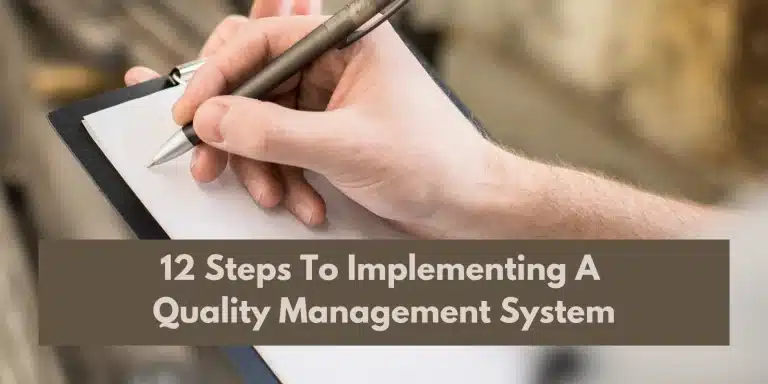Why are Firing Decisions so Difficult?
Estimated reading time: 5 minutes
A responsibility of managing a business is making decisions. We all make countless decisions every day.
Some decisions can be made quickly and with ease. However, others are difficult to make – particularly when it comes to firing employees.
Often, the mere difficulty of the decision can sometimes prolong the inevitable.
Procrastination Does Not Change The Outcome
We often procrastinate because making decisions about employees can be very uncomfortable.
Most of us do not like making decisions that impact other people’s lives.
We all want to be liked and respected. However, managers are responsible for making decisions based on what is in the organization’s best interest.
And sometimes, terminating an employee is in the business’s best interest.
How Do You Choose To Take A Bandaid Off?
Making difficult decisions is one of the many challenges of managing a small business.
When I speak with managers about making a difficult decision, I always ask, would you prefer to take the bandaid off slowly or quickly?
The analogy is that the pain is there either way.
However, you can choose between enduring a sudden sharp pain or a pain that may happen more slowly but lasts much longer.
Fast decisions can produce lots of pain and sometimes temporary chaos.
However, slow decisions can mean slow and steady pain, a little more subtle but a long and painful process.
For instance, co-workers typically know that a fellow employee is not meeting standards. When you delay letting that person go, it can impact the morale of those employees who are picking up the slack.
All managers want to make sure they hire wisely, but often, the urgency of the need speeds up what should be a slower hiring process.
Hire Slow, Terminate Fast
I heard it once said that you should hire slowly and terminate quickly.
A new employee should be screened at all levels to ensure the right fit for the organization.

There should be ample interview questions to get to know the person, testing for skills, referrals, and background checks to make sure there are no ghosts in the closet.
Use a hiring matrix to objectively rate the candidates to ensure you pick the best.
Take a little more time during the hiring process so you won’t have to go through an even more painful process of managing a difficult employee or, even worse, having to terminate them.
Firing Decisions
The hiring process should be slow, but when it is determined that an employee is not going to work out, the decision to terminate should be made quickly and always be based on objective, unbiased data.
However, once the decision to terminate is made, there should be no delays in the process.
In Jim Collins’s classic book, Good to Great: Why Some Companies Make the Leap… and Others Don’t, he says:
“For every minute you allow a person to continue holding a seat when you know that person will not make it in the end, you’re stealing a portion of his life, time that he could spend finding a better place where he could flourish”.
Delaying a justified termination simply keeps that person from new opportunities.
Not allowing employees to be in an indefinite limbo – is simply the right thing to do.
If they need to go, let them go. Hanging onto them isn’t fair to them or the organization.
Termination can be a straightforward, quick process as long as no discriminating factors influence the decision, i.e., sex, age, religion, sexual orientation, etc.
This is why using a progressive discipline process ensures you have done your part to document why the termination is justified.
No manager wants to initiate a progressive discipline process. That is why it is so important to set clear expectations for the job during the orientation process.
The manager should then meet with the employee regularly to answer any questions and help remove barriers to getting the job done.
However, if the employee has been oriented, trained, and given the tools to do the job, they should perform as expected.
Progressive Discipline
The progressive discipline process is intended to document performance conversations with the employee. This documentation can be used should there be any legal pushback on the justification of the termination.
Verbal Counseling – If the employee is simply not working out as hoped, the first step is verbal counseling. This step is an effort to see if anything can be done to help improve the employee’s performance.
This is simply a conversation with the employee stating concerns about their performance and offering to help resolve any issues.
Written Warning – The second step is a written warning. This step is more formal. A written warning is a document that outlines the issues with the employee.
There is a conversation, but the employee must sign the document acknowledging that they are on notice for poor performance.
Suspension – The third step is suspension and asking the employee to write a plan for improvement. The goal of this step is to give the employee an opportunity to reflect on their job and think about what they could do to improve.
Some employees simply quit at this step.
Termination – The last step in the process is termination. However, managers who go through the three prior steps can rest assured that they have done everything in their power to make the employment arrangement work.
At this point, the employee has decided not to improve.
It Is Still Not Easy To Fire Someone
The first employee I had to fire was a single mom with two kids. Even though the termination was justified, it was heart-wrenching.
Most of us are going to lose a little sleep when we make the difficult decision of letting an employee go.
But with a structured process, documentation, and the will to do the right thing, we can all make difficult decisions that support the organization’s goals and are in the best interest of the affected person.






